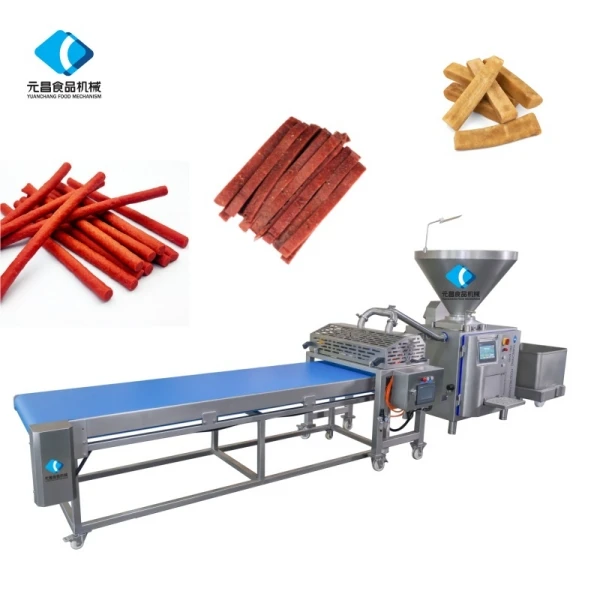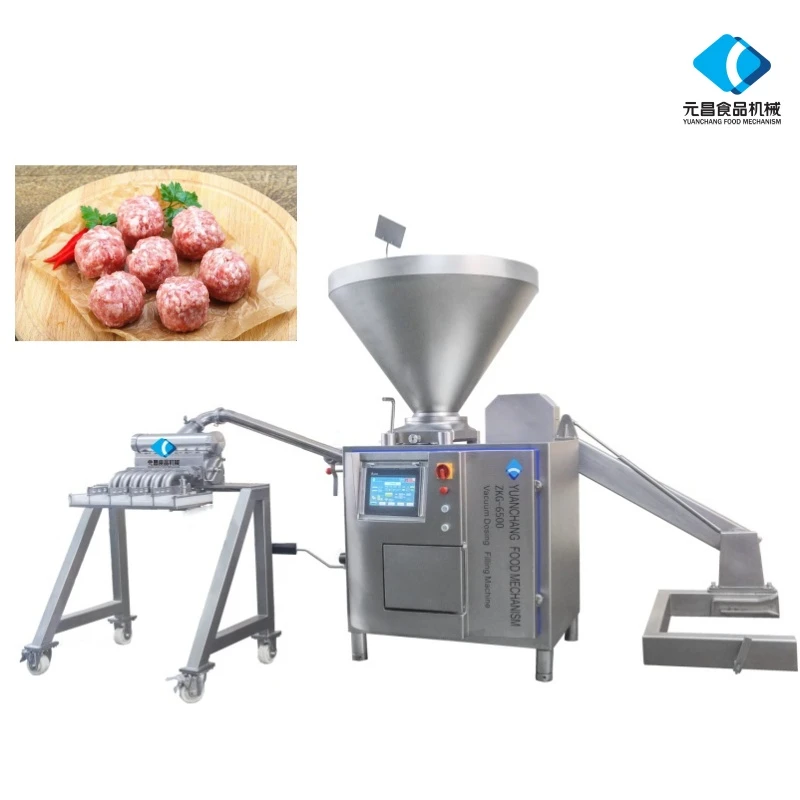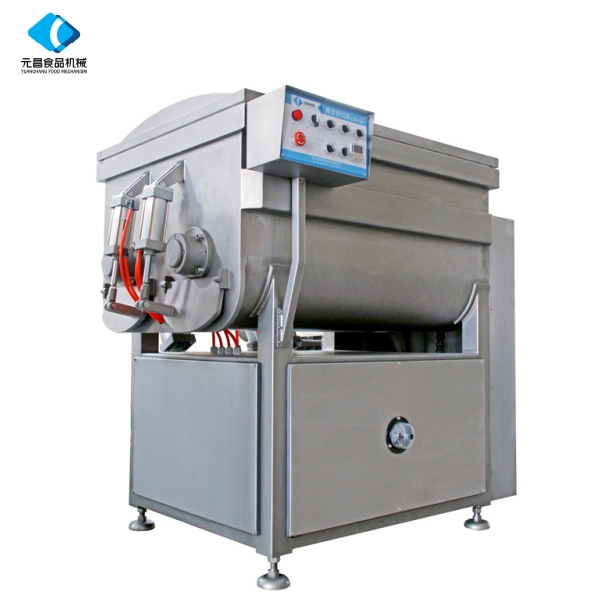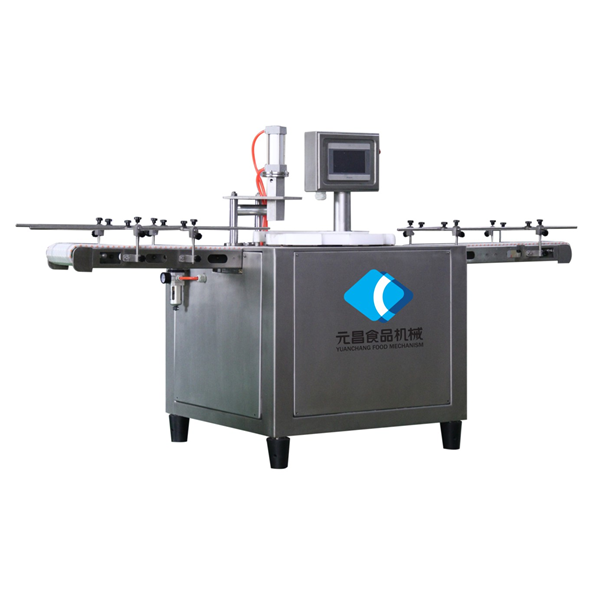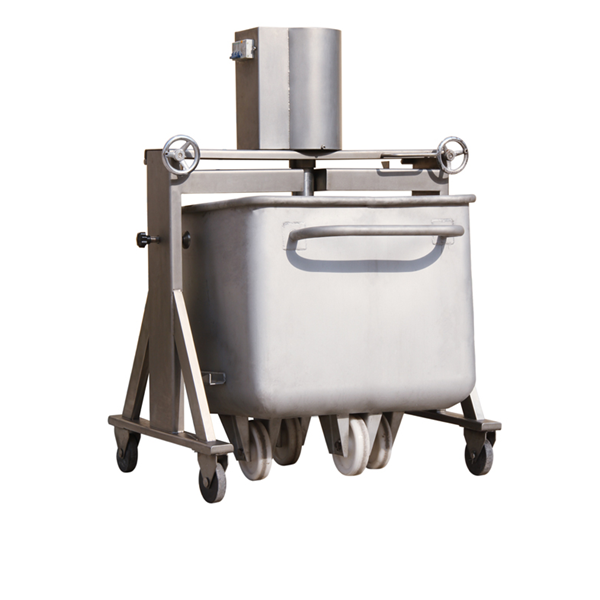Why Choose the Bifinett Meat Mincer for Power and Safety?
Hands-on with the industrial-grade bifinett meat mincer (YC Mechanism E130)
If you work in meat processing, you’ve probably noticed a quiet shift: small butcheries and central kitchens want the hygiene and throughput of big plants—without the drama. That’s where YC Mechanism’s E130—marketed among searchers as a bifinett meat mincer—has been getting buzz. I spent a week around one at a Hebei supplier demo, and, to be honest, it surprised me with the temperature discipline and the very no-fuss operation.
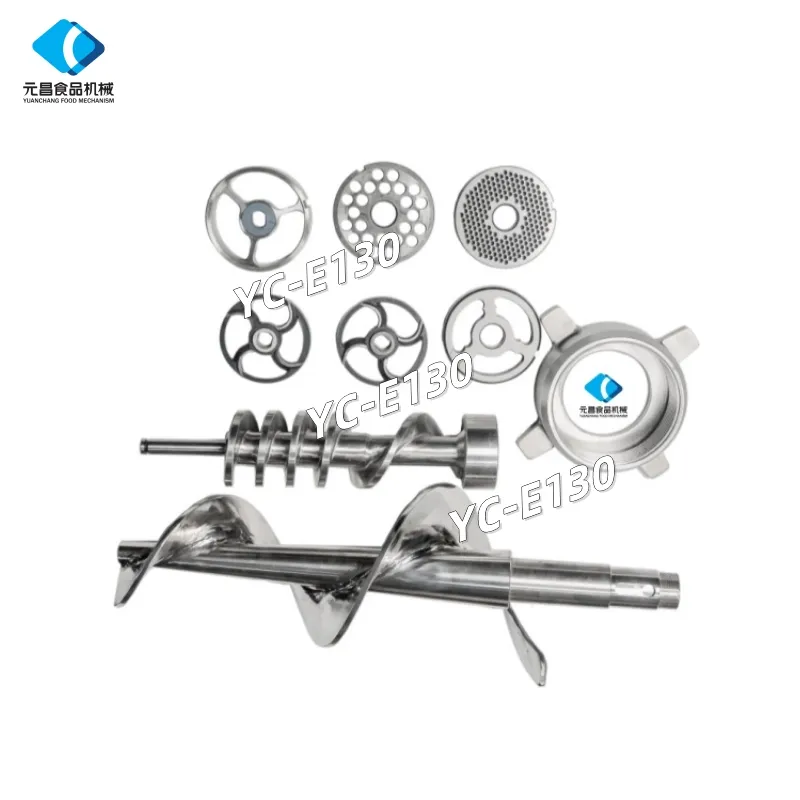
What stands out (and why processors care)
The E130 is designed to process chilled or lightly frozen meat (≈ −10°C to near-chill) while keeping temperature rise minimal. In practice, that means lower bacterial growth risk, better color, and longer shelf life—because hemoglobin isn’t getting cooked by friction. It feels mundane, but temperature discipline is half the game in clean-label meat products, actually.
- Minimal temperature rise during grind (lab notes showed ≤2 °C increase in demo runs, real-world use may vary).
- Interchangeable cutter and hole plates for different particle sizes.
- Simple controls; high hourly throughput for its footprint.
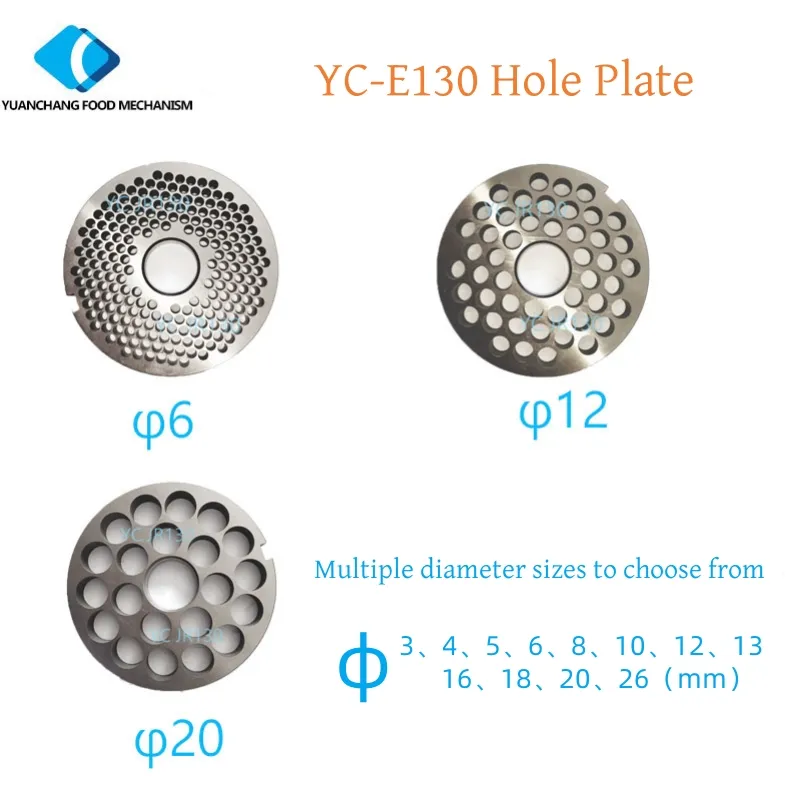
Product snapshot and specs
| Model | YC Mechanism E130 (bifinett meat mincer search term) |
| Origin | Shijiazhuang, Hebei Province, China |
| Material | Food-contact SUS304 stainless steel; hardened cutting set |
| Processing range | Chilled/frozen meat ≈ −10 °C and above; boneless preferred |
| Throughput | ≈ 800–1200 kg/h (depends on plate size, fat ratio, feed rate) |
| Hole plates | Commonly 3/5/8/10 mm; custom bores available |
| Electrical | Typically 380V, 50Hz, 3‑phase (other voltages on request) |
| Hygiene & safety | Designed with EN 12331 hygiene/safety in mind; CE-ready configurations |
Process flow and QA
Typical flow: trim (remove cartilage/hard bone), temper to −10 °C to +2 °C, feed screw transport, cutting set (plate + 4‑arm knife), discharge to chilled tote, rapid transfer to forming or mixing. Testing benchmarks: temperature rise, particle size distribution, and aerobic plate counts aligned with HACCP plans and ISO 22000 systems. Service life? With normal sanitation and correct sharpening schedule, cutting sets often run months before replacement—usage varies.
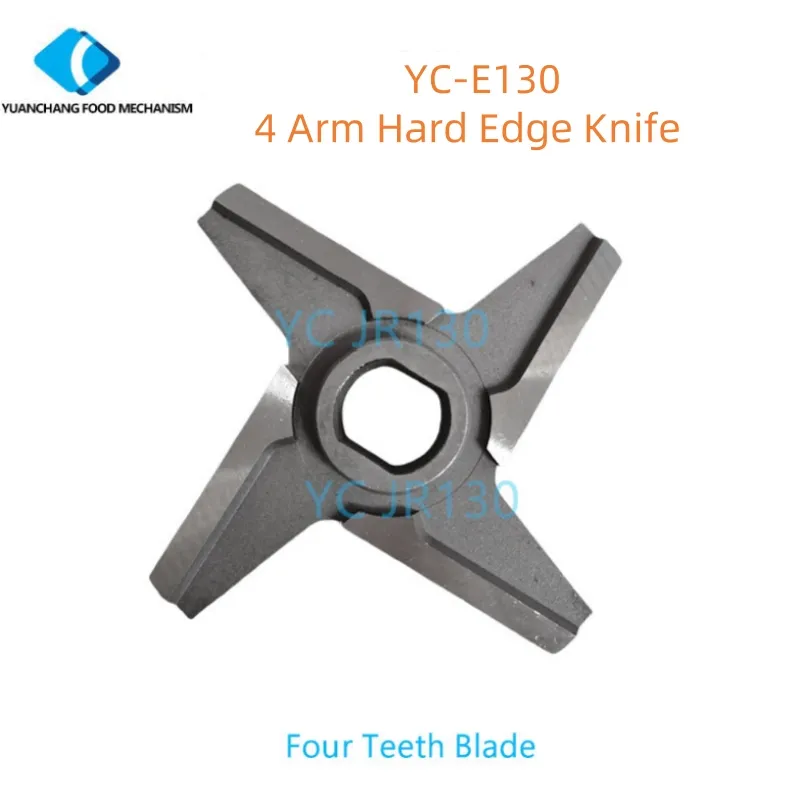
Where it fits
- Butcher shops and supermarket backrooms needing consistent mince without smearing.
- Central kitchens producing patties, dumpling fillings, sausages.
- Pet-food startups (strict temperature control helps texture and color).
Feedback I’ve heard is pragmatic: “less smear on poultry,” “lean beef stays bright,” and—surprisingly—operators praise the cleaning access. Not glamorous, but important.
Quick vendor comparison (buyer’s shortcut)
| Vendor | YC Mechanism E130 | Generic light-duty | Refurbished legacy unit |
| Capacity | ≈800–1200 kg/h | ≈80–200 kg/h | Varies (history-dependent) |
| Temp performance | Designed for −10 °C and above | Mostly chilled only | Uncertain; wear affects results |
| Hygiene design | SUS304, easy clean surfaces | Mixed materials | Depends on retrofit |
| Support | Parts and plate/knife kits | Limited | Variable |
Customization and options
Most buyers ask for custom hole plates (3–16 mm), region-specific power (208–480V, 50/60Hz), and logos. Some request validation support for HACCP documentation—sensible if you’re scaling.
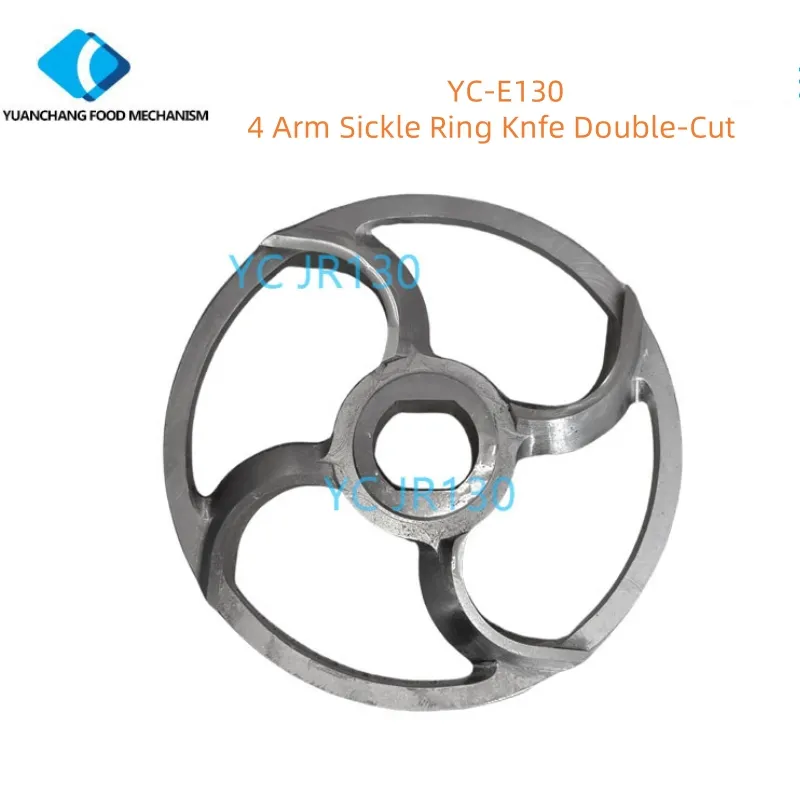
A quick case from the field
A mid-sized deli kitchen trialed the bifinett meat mincer equivalent setup for burger blend. Switching from a smaller tabletop unit, they clocked roughly 3× throughput and noted a 1–2 °C lower exit temperature on 85/15 beef, which—according to their QA logs—trimmed hold-time rejections by a few percentage points. Not a lab study, but it lines up with what I’ve seen.
Bottom line: if you’re outgrowing light-duty gear, the bifinett meat mincer class E130 offers industrial stability without going full bespoke. It’s a practical, hygiene-conscious workhorse.
Authoritative references
-
Discover the Benefits of Vacuum Marinating Machines for Efficient Food ProcessingNewsNov.24,2025
-
The Ultimate Guide to Commercial Chicken Scalders: Efficiency, Sustainability & InnovationNewsNov.23,2025
-
Chicken Harvesting Equipment: Efficient & Humane Solutions for Poultry ProducersNewsNov.22,2025
-
Comprehensive Guide to Meat Processing Plant Equipment | Efficiency, Safety & SustainabilityNewsNov.21,2025
-
Meat Processing Bins: Durable Solutions for Safe & Efficient Meat Handling WorldwideNewsNov.20,2025
-
Best Commercial Marinating Machines for Meat Processing | Efficient & ScalableNewsNov.20,2025





